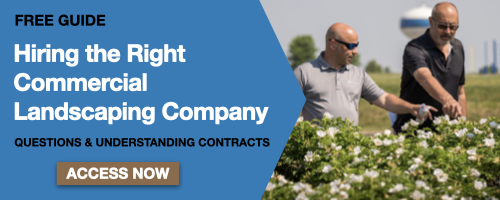Trees can significantly enhance your Greater Chicago commercial property. Shade trees provide lush canopies, while flowering varieties add beautiful blooms and pleasant fragrances.
They attract attention and instantly improve your property’s curb appeal, making them ideal for entryways, pathways, outdoor gathering spots, relaxation areas, and seating zones.
However, not all trees are suitable for commercial properties in Greater Chicago.
It's important to select the right ones to suit your specific property, whether it's an office park, industrial site, educational institution, healthcare facility, retail center, or homeowners' association.
Here, we explore some of the best tree options for commercial properties in Chicago to help you make informed choices for your site.
Best Trees for Commercial Properties in Chicago
A commercial property without trees can be pretty barren. You want to add a bit of height, greenery, and color to break up that monotony and add some personality and aesthetics.
Trees are unparalleled in enhancing commercial landscapes. Besides their benefits—such as preventing soil erosion, increasing oxygen, reducing stormwater runoff, buffering wind, and providing shade—they also add vibrant color, pleasant scents, and visual beauty to your property.

However, selecting the right trees makes all the difference. You need trees that can withstand the traffic on your site and maintain their appearance amid your busy property activities and schedule, without creating unnecessary mess or requiring excessive maintenance.
Here are six trees we trust to enhance the visual appeal and curb appeal of commercial properties.
1. Thornless Honeylocust
If you want a fast-growing tree to plant in Illinois with fragrant spring flowers, the thornless honeylocust is a good choice.
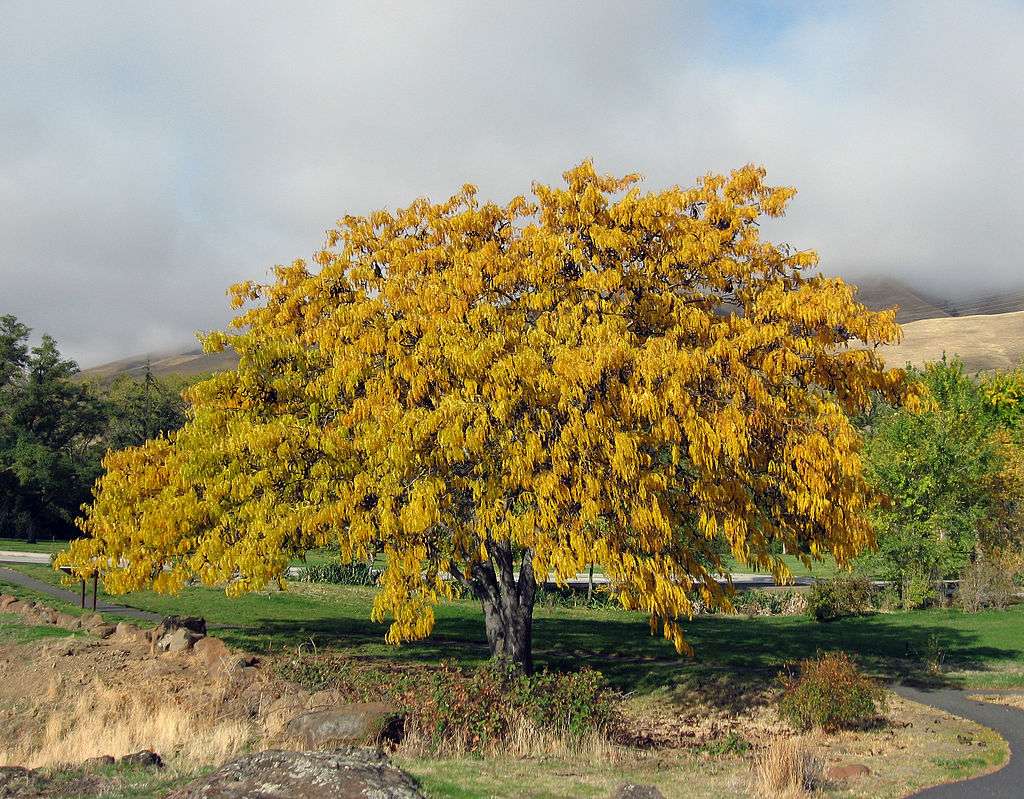
The open silhouette of this tree is filled with tiny leaves that turn yellow or yellow-green in autumn. In spring, it produces fragrant yellow flowers.
This sun-loving tree can reach heights of 30 to 70 feet, with a spread of about 50 feet, and it adapts well to various soil types.
It also tolerates pollution, salt, and drought. Its slender, airy crown offers dappled shade underneath. Plant this tree on commercial property hillsides to help stabilize soil and prevent erosion.
2. Japanese Lilac
If you’re seeking a plant to enhance outdoor seating areas with flowers and fragrance, consider the Japanese lilac tree. It can serve as a focal point in your landscape bed or be combined with other plants of different sizes to craft a lush, vibrant space.
The ideal tree for commercial properties produces clusters of creamy-white flowers with a sweet aroma, offering an early summer spectacle that lasts about two weeks.
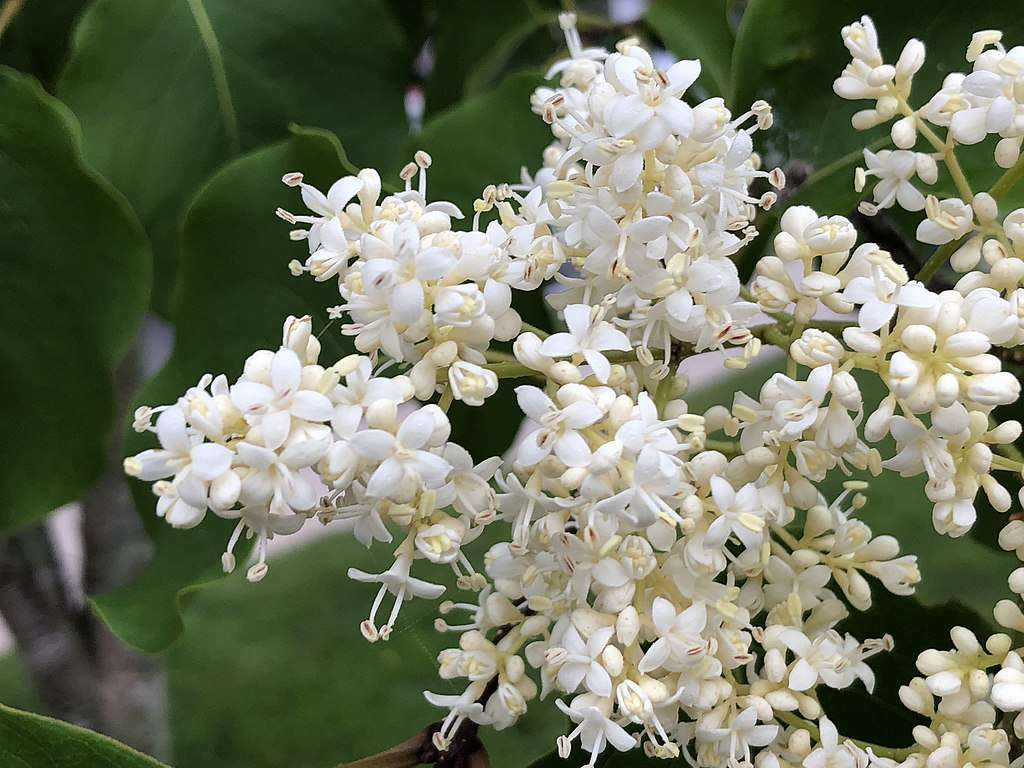
The Japanese lilac tree can grow up to 30 feet tall and spread between 15 to 20 feet. It features a graceful, upright form with reddish bark marked with white.
Its simple, oval leaves are 3 to 6 inches long, turning pale greenish-brown in autumn before dropping.
3. Triumph Elm
If you want to avoid problems with Dutch elm disease but still want the benefits of an elm tree, try a resistant variety like the Triumph elm.
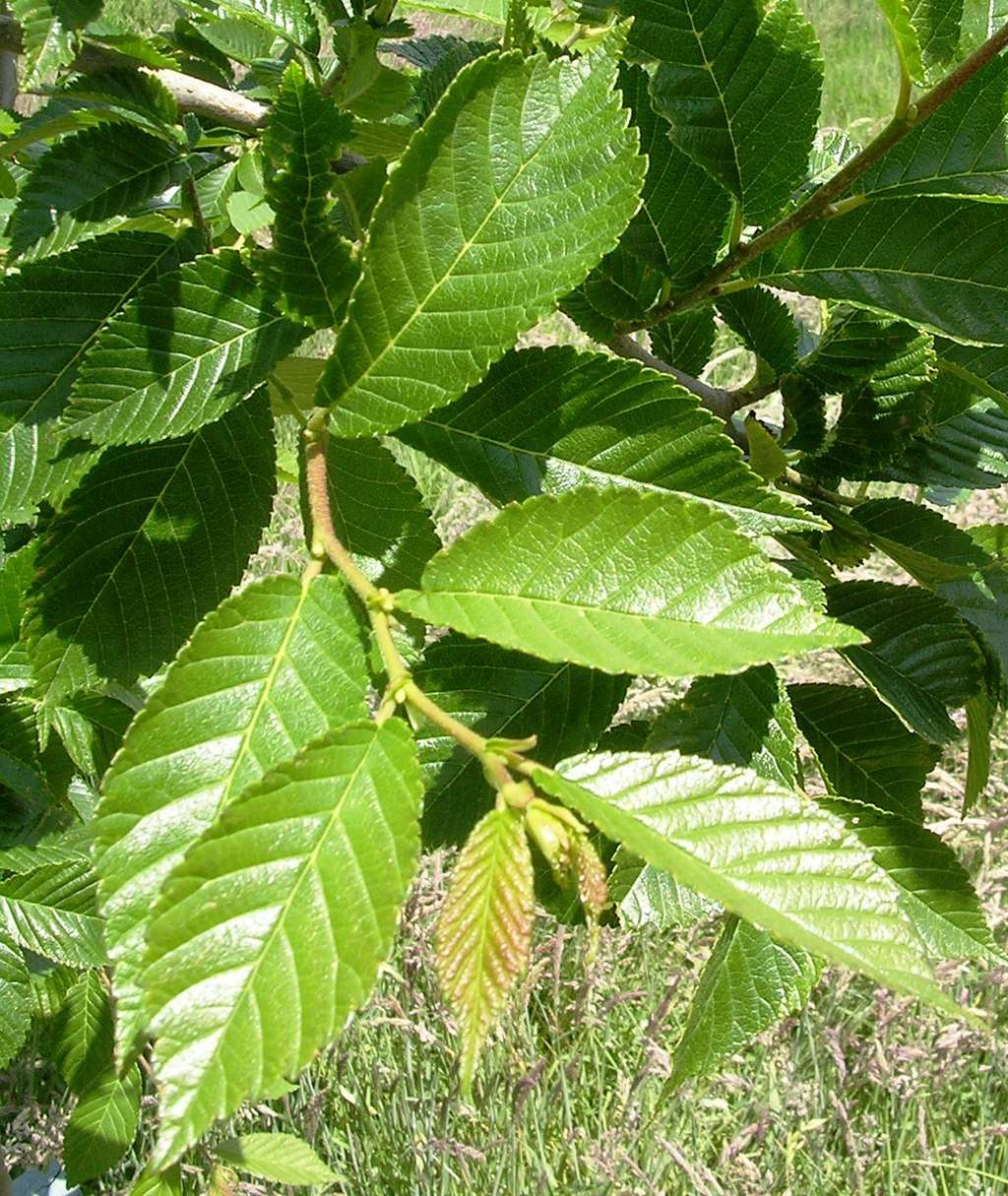
This tree is perfect for commercial properties, with big, shiny, dark green summer leaves that turn golden in fall.
When planted in full or partial sun, it typically grows to 50-60 feet tall and 35-40 feet wide.
4. Chinkapin Oak
If you have a larger industrial property, consider planting this tree in Illinois where it can grow to 40-50 feet tall and spread out, provided it is in well-drained soil and receives full sun.
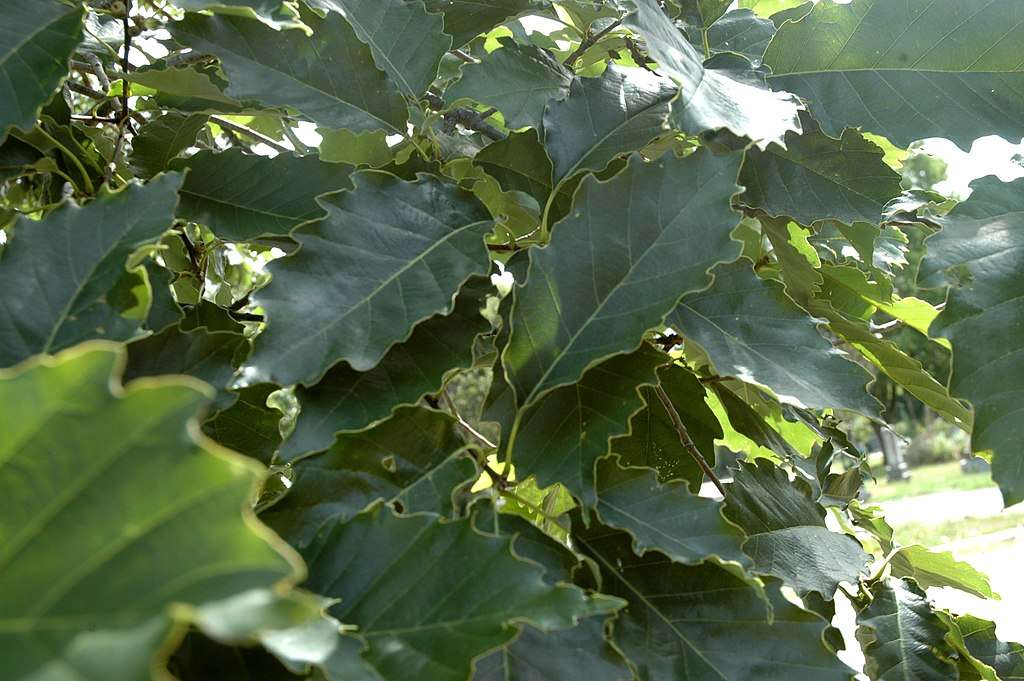
This tree features dark green leaves in summer that turn yellow-orange in fall.
Its rounded shape makes the chinkapin oak a visually appealing addition to your site, complemented by its 1-inch acorns.
5. Norway Maple
Norway maples have a dense, round, and symmetrical crown, growing to 40 to 50 feet tall with a spread of 30 to 50 feet.
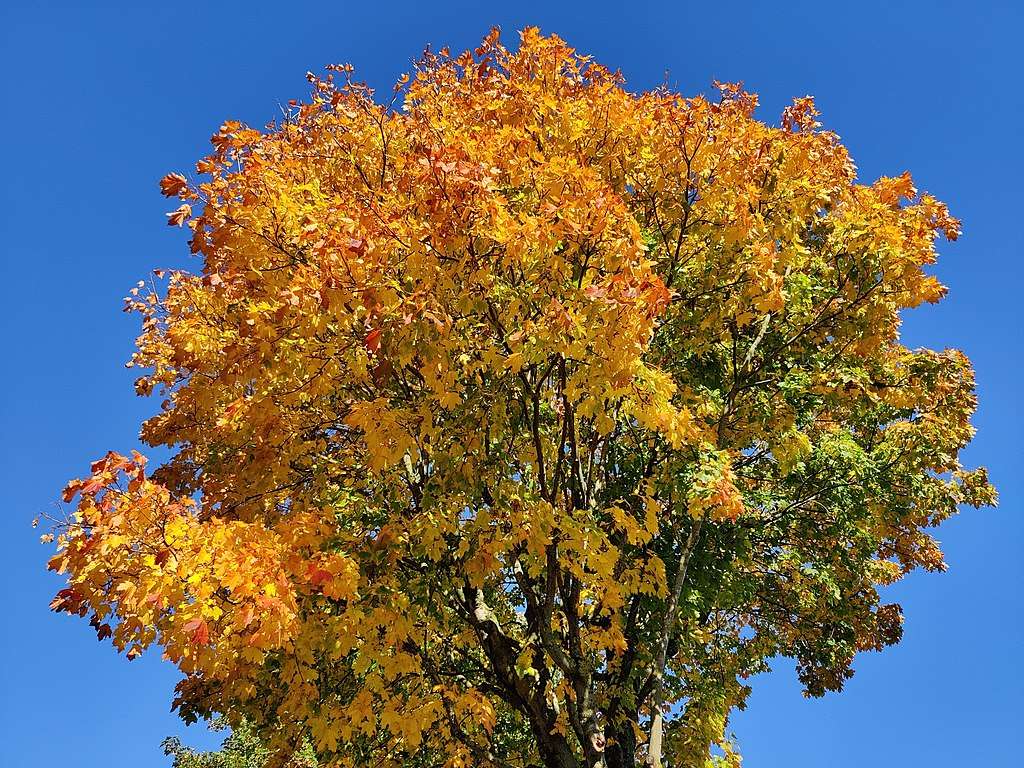
This tree, ideal for commercial landscapes, thrives in full or partial sun and moist, well-drained soil. It has dark green leaves that turn pale yellow in fall.
However, because it can extend roots into foundations, sidewalks, and driveways, it’s recommended to plant it at least 100 feet away from buildings or hardscapes to prevent these issues.
6. Shagbark Hickory
This tree, suitable for planting in Illinois, features a trunk characterized by long, peeling strips of bark, making it an attractive addition to your commercial site.
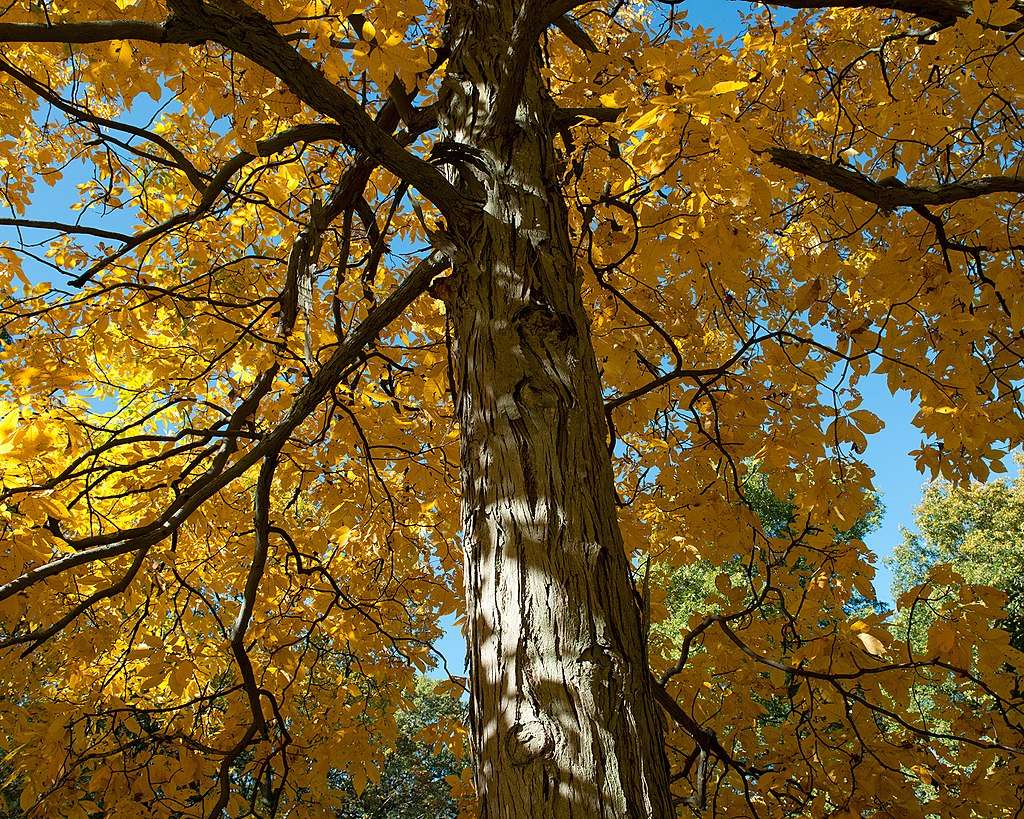
In autumn, its green leaves fade to pale green or yellowish-brown. It prefers full to partial sun and well-drained soil. This low-maintenance tree is expected to reach heights of 60 to 80 feet and widths of 50 to 70 feet.
Partner with KD to Find The Right Trees for Commercial Property
You can attract customers to your retail center, residents to your HOA, and employees and businesses to your office park or industrial facility when you have an irresistible array of trees for commercial landscapes on your site.
If the list of trees for your site feels overwhelming, you're not alone. With so many options available, choosing the perfect tree for your Greater Chicago commercial landscape can be challenging.
We hope this list helps you make a more confident decision. We understand it can be stressful, and that's where KD Landscape comes in.
Our team of commercial landscaping experts has extensive experience with the growing conditions in Greater Chicago and can help you select the ideal trees for your specific needs.
Want to learn more about how KD Landscape can help you choose the best trees for your Greater Chicago commercial property? Get started today with a free quote. We’ll review your options together so you can feel confident and make a great choice.
Image Source: Thornless Honey Locust, Lilac Tree, Triumph Elm, Oak, Maple, Hickory



